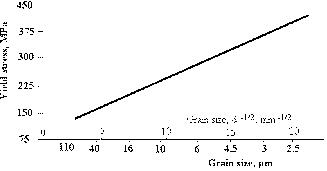|
Home |
INŻYNIERIA MATERIAŁOWA
NAUKA O MATERIAŁACH – Wprowadzenie



![]() Computational
Material Sciences
Computational
Material Sciences

![]() Skanowane skrypty AGH:
Skanowane skrypty AGH:
|
1) Łatkowski
Andrzej, Bronicki Marian |
|
|
2) red.Różańskiego
Wacława i Rysia Jerzego |
ĆWICZENIA Z METALOZNAWSTWA Część I Badania
metalograficzne metali |
|
3) red. Różańskiego
Wacława |
ĆWICZENIA Z METALOZNAWSTWA Część II Obróbka cieplna
i metody badań |
 1)
1)  2)
2)  3)
3)
 Repetytorium
z materiałoznawstwa: Fizyczne podstawy
materiałoznawstwa
Repetytorium
z materiałoznawstwa: Fizyczne podstawy
materiałoznawstwa
Karol i Janusz
Przybyłowicz, Potechnika
Świętokrzyska Skrypt nr 279
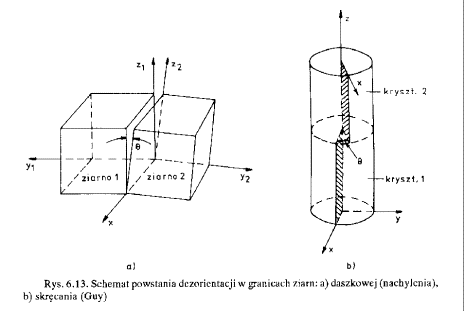
![]()

![]() Mechanizmy
umacniania wytrzymałościowego materiałów (np.
Mechanizmy
umacniania wytrzymałościowego materiałów (np. ![]() m. Orowana, 10 doskonałych
stron)
m. Orowana, 10 doskonałych
stron)
Strengthening Processes: Overview; Processing - Structure –
Properties:


![]()
![]() Umocnienie
odkształceniowe (99,5%Al, Al-5%Mg wykresy) – EAA (8 stron: np.
Umocnienie
odkształceniowe (99,5%Al, Al-5%Mg wykresy) – EAA (8 stron: np. ![]() animacja
r. dyslokacji)
animacja
r. dyslokacji)


^
Dislocation Interactions ^
Al-5%Mg Stress-Strain Curve
![]()
![]() Efekty
odkształceniowe związane z granicami ziarn, np. spiętrzanie dyslokacji (7 stron + ćw.)
Efekty
odkształceniowe związane z granicami ziarn, np. spiętrzanie dyslokacji (7 stron + ćw.)


^ Yielding
Across Grains ^ Virtual Experiment
![]()
![]() Wpływ
wielkości ziarn: e. Halla-Petcha - ćwiczenie (
Wpływ
wielkości ziarn: e. Halla-Petcha - ćwiczenie (![]() animacja procesów, pomiar
twardości)
animacja procesów, pomiar
twardości)


Uwagi: 1) wskaźnikiem wprowadzić materiał między walce; 2)
wielkość ziarn zostaje uwidoczniona dopiero po kliknięciu na daną próbkę (nr
1-6); 3) wyniki pomiaru twardości otrzymuje się po
kliknięciu na daną próbkę (nr 1-6) oraz na
kołową próbkę (można wykonać dowolną liczbę odcisków)
![]()
![]() Rozwój
mikrostury – aluMAT (10 b. ciekawych stron)
Rozwój
mikrostury – aluMAT (10 b. ciekawych stron)
Struktura
równowagowa Struktura
stopu przesyconego
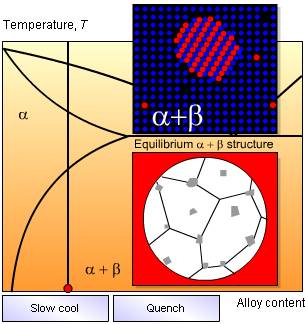

^ Wolne schładzanie Gwałtowne chłodzenie ^
![]() Precipitation
Hardening (1) (School of Physics & Materials Engineering Home Page):
Precipitation
Hardening (1) (School of Physics & Materials Engineering Home Page):
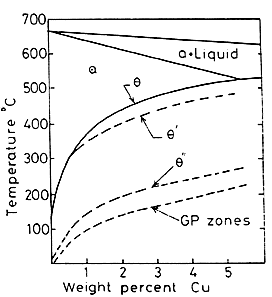
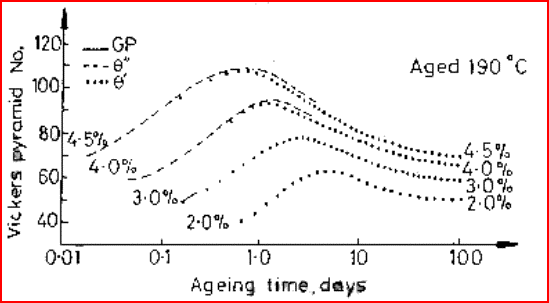
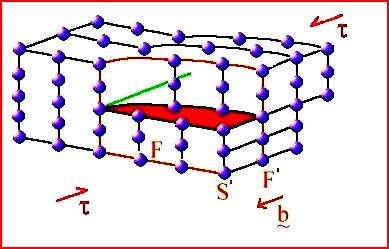
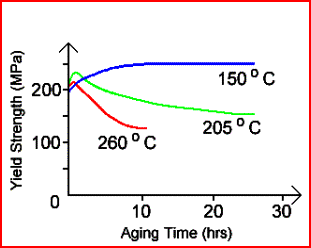
![]() ^ Metal Deformation
(2)
^ Metal Deformation
(2) ![]() ^ Strengthening
Mechanisms (3) :
^ Strengthening
Mechanisms (3) :
3a) Orowan Mechanism:
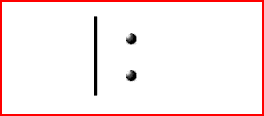


3b) Shearing Mechanism:



![]()
![]() Próba rozciągania
(4); video - próba rozciągania z wykresem:
Próba rozciągania
(4); video - próba rozciągania z wykresem:

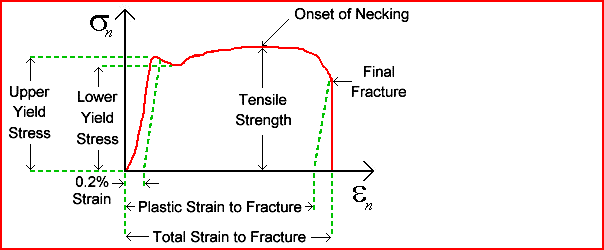
![]()
![]() Rzut
stereograficzny I (animacja)
Rzut
stereograficzny I (animacja)
![]()
![]() Rzut
stereograficzny {100} II (animacja)
Rzut
stereograficzny {100} II (animacja)
![]() Termodynamika
faz układu Al-Cu (wykresy)
Termodynamika
faz układu Al-Cu (wykresy)
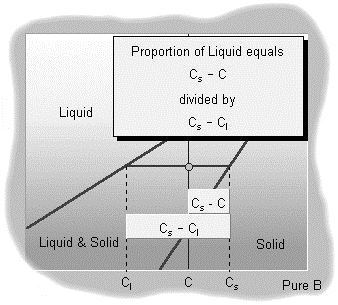
![]() Computer
Simulation of Microstructural Evolution - JOM
Computer
Simulation of Microstructural Evolution - JOM
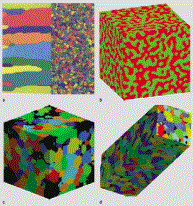
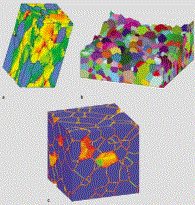
![]() Pełzanie
(Creep
Deformation in TiAl Intermetallic Alloys - JOM)
Pełzanie
(Creep
Deformation in TiAl Intermetallic Alloys - JOM)
![]() Stop Al: 5182
Hot Deformation: Overview:
Metal Forming at the Center
of Excellence for the Synthesis and Processing of Advanced Materials (JOM):
Stop Al: 5182
Hot Deformation: Overview:
Metal Forming at the Center
of Excellence for the Synthesis and Processing of Advanced Materials (JOM):
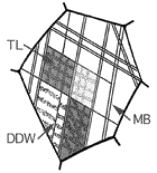
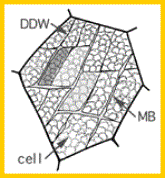

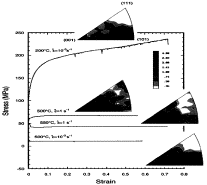
![]() [PDF]PII:
Zdrowienie dynamiczne Format pliku: PDF/Adobe Acrobat, Materials Science and
Engineering A290 (2000) 95107
[PDF]PII:
Zdrowienie dynamiczne Format pliku: PDF/Adobe Acrobat, Materials Science and
Engineering A290 (2000) 95107
Dynamic recovery:
sufficient mechanism in the hot deformation of Al (B99.99) HJ McQueen a, *, W.
Blum b a ...
![]() Site map, SteelMATTER:
Site map, SteelMATTER:
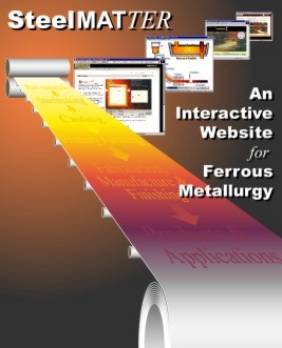 1) Equilibrium Fe-C phase diagram
1) Equilibrium Fe-C phase diagram
4) Strength:
5) Toughness: Grain size,
Time-temperature transformation (TTT)
diagrams
measure the rate of transformation at a constant temperature. In other words a sample is austenitised and then cooled rapidly to a lower temperature and held at that temperature whilst the rate of transformation is measured, for example by dilatometry. Obviously a large number of experiments is required to build up a complete TTT diagram.
Continuous cooling transformation (CCT) diagrams
measure the extent of transformation as a function of time for a
continuously decreasing temperature. In other words a sample is austenitised
and then cooled at a predetermined rate and the degree of transformation is
measured, for example by dilatometry. Obviously a large number of experiments
is required to build up a complete CCT diagram.
![]() Próba skręcania
metali na gorąco (Hot Torsion Testing on A Gleeble System)
Próba skręcania
metali na gorąco (Hot Torsion Testing on A Gleeble System)
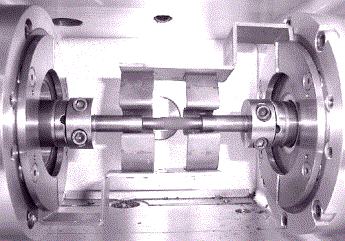
![]() MAXStrain®
Multi-Axis Deformation Simulator Technology
MAXStrain®
Multi-Axis Deformation Simulator Technology
>>>>![]() Video_Gleeble
Video_Gleeble
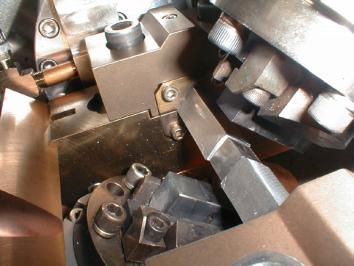
![]() Internetowa
tablica wszystkich pierwiastków chemicznych (z pełną charakterystyką)
Internetowa
tablica wszystkich pierwiastków chemicznych (z pełną charakterystyką)
(na przykład KLIKNIJ w tablicy na Cu, Al, ...)
Cu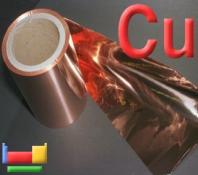
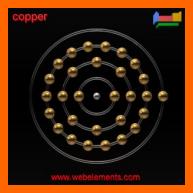 Al
Al 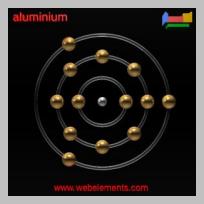
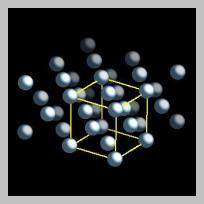
![]()
![]()
![]()
![]()
![]()
![]()
![]()
![]()
![]()
![]()
![]()
![]()
![]()
![]()
|
Home |
Aktualizowano:
2003-04-07
